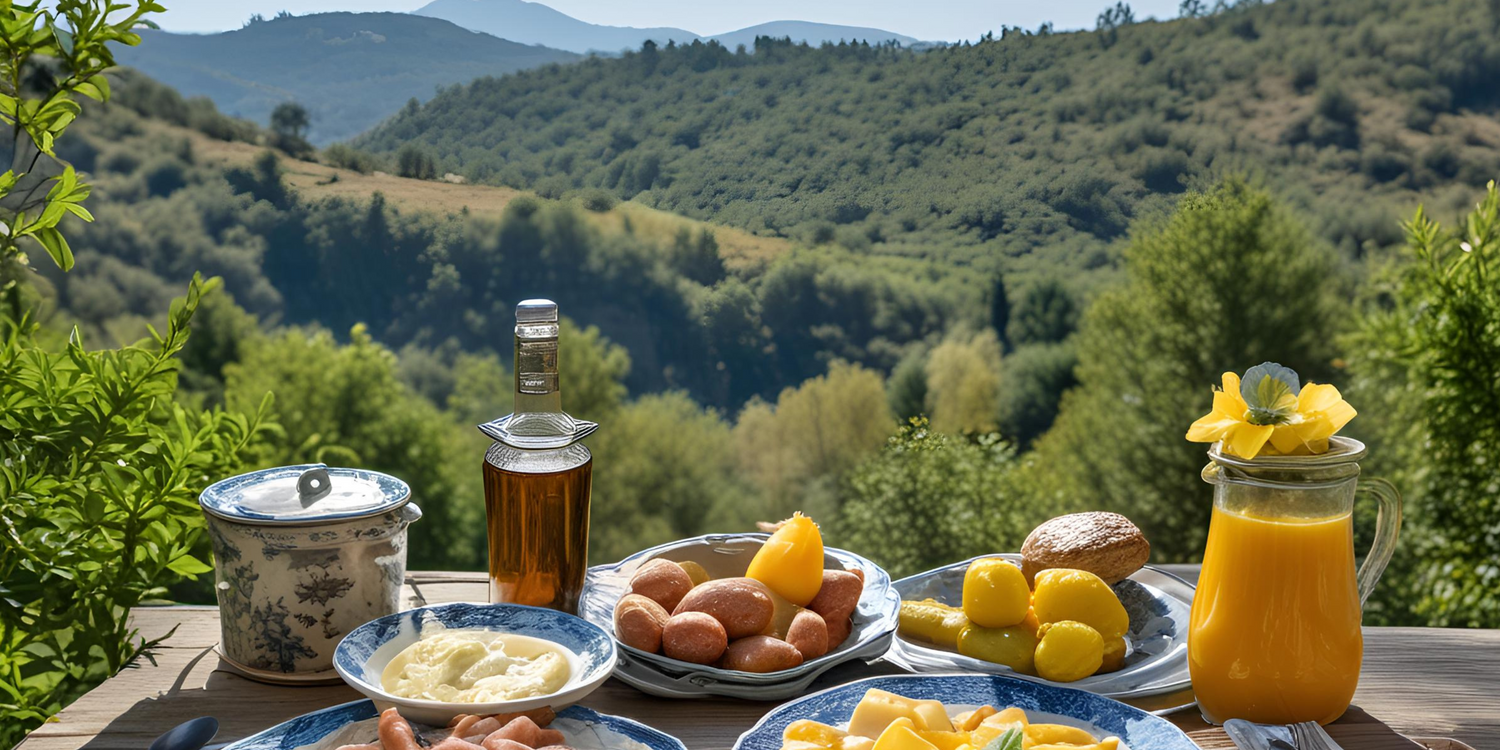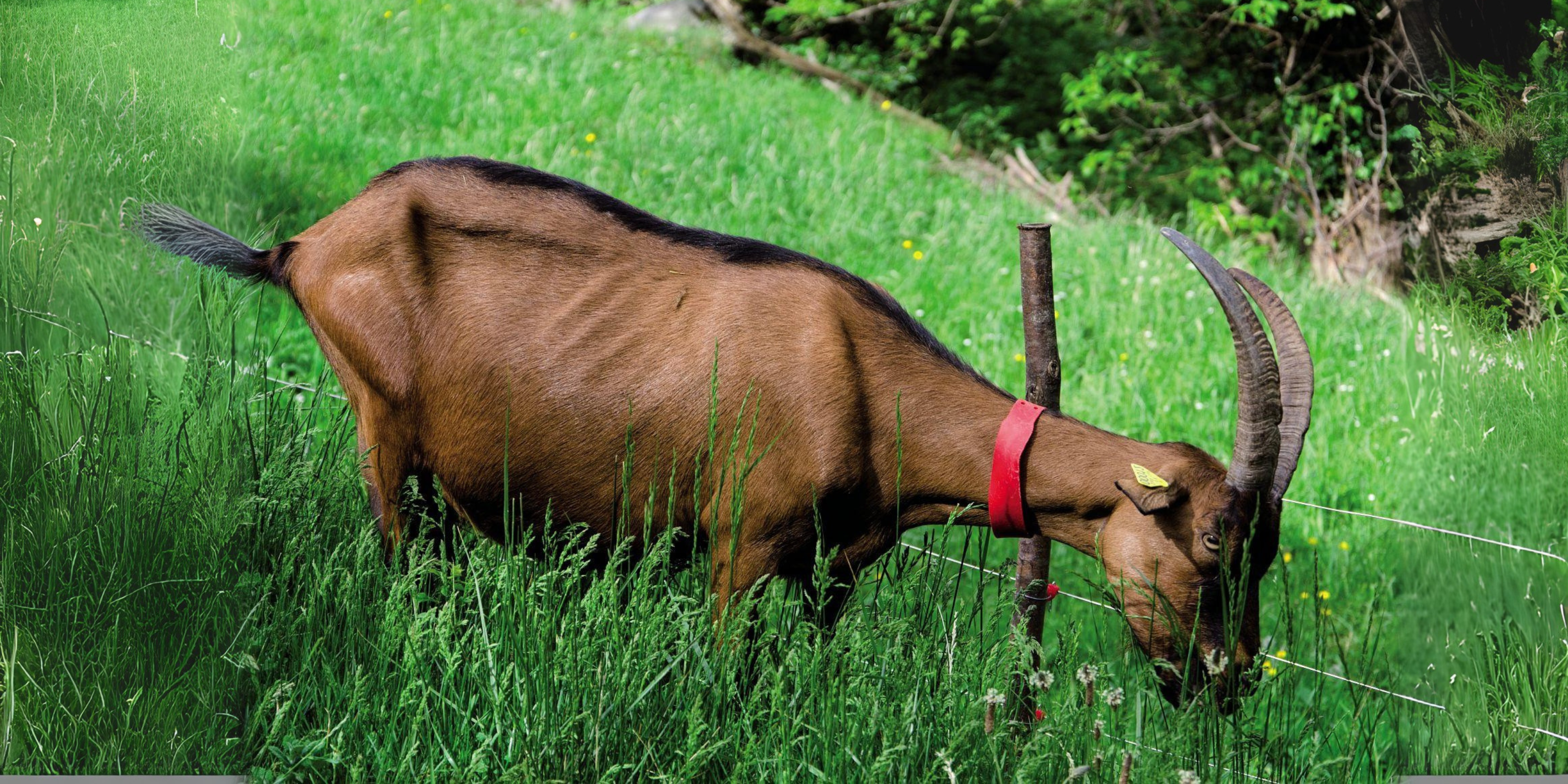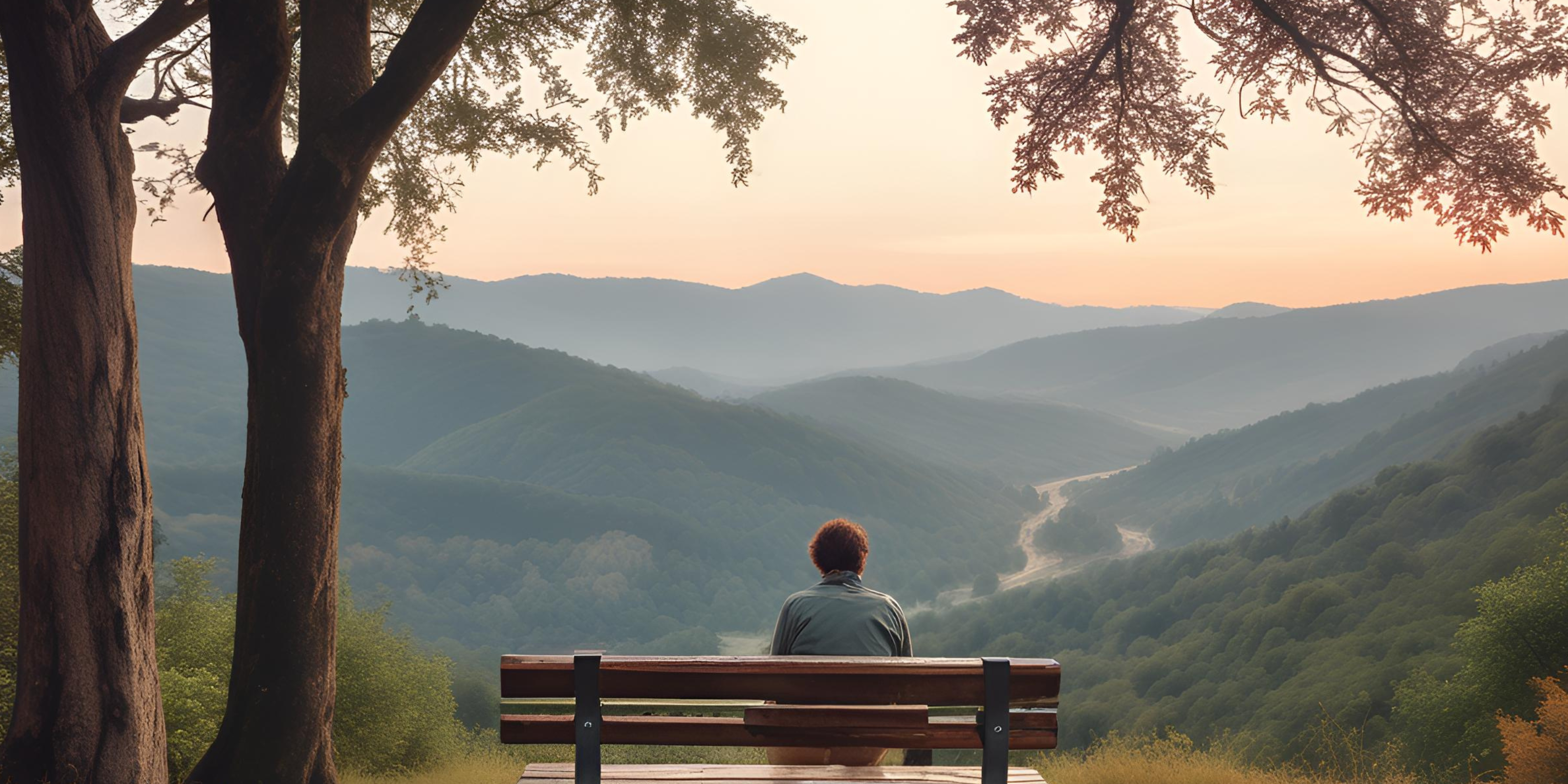No need for an Instagrammable brunch to start the day off right. In the Cévennes, breakfast smells of wood fire, toast, and memories of yesteryear. It's simple, rustic, but devilishly effective for tackling a climb to the Col de Finiels or a morning spent sawing wood.
What was (and still is) found on the table
The Cévennes breakfast is first and foremost the fruit of peasant common sense . We ate what we had on hand... but well prepared:
- Day-old bread (or better, baked in the village oven)
- A little chestnut honey , dark and full-bodied like a grandmother's tale
- A spread of homemade jam (blackberry, fig, or quince, depending on the season)
- Sheep or goat cheese , fresh in the morning
- A cup of boiled coffee or thyme infusion
- And sometimes, for the more robust: a slice of grilled fouace , or even a piece of sausage...
No fuss, no frothy cappuccino. Here, we eat to live, not to advertise.
More than a meal: a moment of transmission
Breakfast was also a sacred moment:
There we shared the day's tasks, news from the hamlet , and sometimes the night's dreams .
Silence had its place, as did stifled laughter between two slices of toast.
In some families, we would tell the weather by looking at the mist on the mountain , while dipping bread in yesterday's cold soup.
Little secrets of yesteryear
It is said that eating three roasted chestnuts on an empty stomach protected against rheumatism , and that whoever prepared the hot drink had to have good intentions , otherwise the day would start off badly.
And be careful: spilling the honey would incur the anger of the Martinet , the teasing spirit of early mornings.
In summary:
A real Cévennes breakfast is not something you chew quickly: it is something you savor with your heart, your nose, and the stories of the day before.




